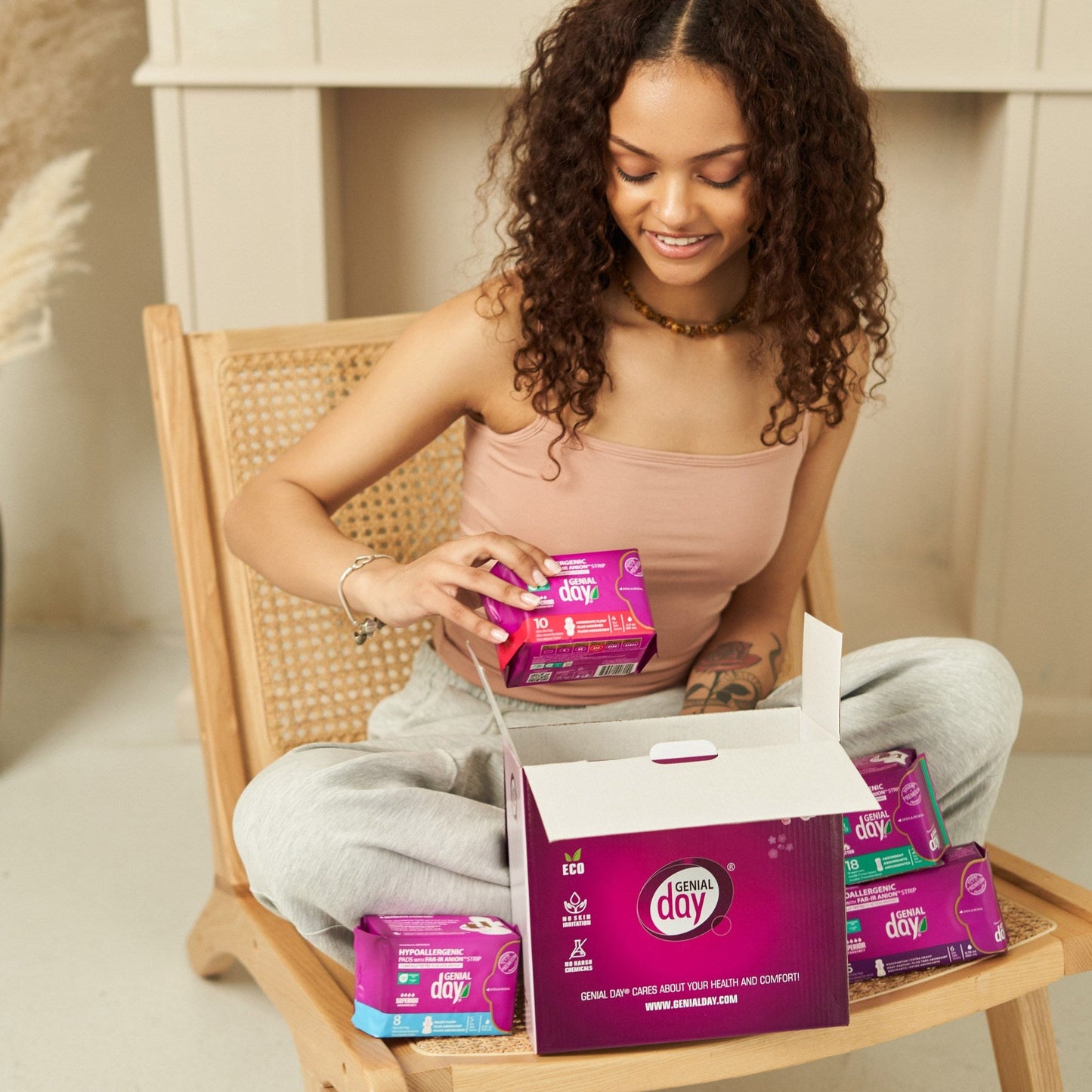Vaginas deserve trophies. Hello, self-cleaning organs that can deliver both pleasure and babies!
Speaking of which, there’s lots of talk out there about how vaginas change after childbirth.
Pushing a tiny human out of that much tinier hole does, in fact, have an effect. But for most people, it’s probably not as bad or permanent as you’ve probably heard.
Health experts will tell you that every woman is going to experience some vaginal changes after childbirth, and nobody is going to be exactly the same as they were before being pregnant. But just as every labor and delivery is different, so is every woman.
The condition of your no-longer-very-private parts postdelivery depends a lot on your particular birth experience. So if you pushed for three hours or tore while birthing an 11-pound baby, you're going to have a tougher postpartum recovery than if you pushed for 30 minutes and your perineum stayed intact. Still, knowing what to expect and how to help things along will hopefully ease your mind.
The color could change
Don’t be alarmed if your vulva—the area just outside the vaginal canal that includes the labia, clitoris, and the perineum (the skin between the vagina and rectum)—changes shades after delivery.
Doctors say that‘s because these areas are subject to pigment changes not only due to hormone changes during pregnancy, but also because of scarring or tearing (surgical) repairs after childbirth. Generally speaking, the color gets darker.
But, unless something looks scary like a dark mole you’d be alarmed by anywhere else on your body, there’s no need for concern.
Color changes that are hormone-driven can affect women who have had C-sections, too. Whether they happen after a vaginal delivery or Ceasarean, they may fade over time, but they usually don’t go away for good.
Bleeding and discharge
You'll have specific vaginal discharge (called lochia) for up to six weeks after delivery. It’s normal to spot a heavy flow of bright red blood in the beginning, as your body works to get rid of the blood and tissue that was inside the uterus when you were expecting.
Postpartum bleeding can be compared to a heavy period, gynecologists report , which is why super-absorbent maxi pads (yes, like the kind you wore in junior high) will become your new best friend. Let your doctor know if you are soaking through more than a pad an hour, or passing blood clots bigger than the size of a plum tomato.
This lochia will gradually taper off and can vary in color, from red, pink, brown, yellow, white to even green. You might detect an odor, but it shouldn’t be foul-smelling. Call your doctor if you pick up a pungent scent or come down with a fever, as these may be signs of an infection.
Soreness and swelling
General soreness and swelling around the vagina after birth are a standard part of postpartum recovery—after all, the area saw a huge increase in blood flow and fluid, and childbirth is pretty rough on your vaginal tissue.
Tears can also lead to greater blood flow and swelling. Painkillers can help, but talk to your midwife, GP or pharmacist before you buy any over-the-counter painkillers if you're breastfeeding.
It's important to keep the perineal area clean, so always wash your hands before and after changing your sanitary pads, and make sure you change them as soon as you need to. Have a bath or shower every day to keep your perineum clean.
Discomfort usually lessens within four to six weeks, although that timeline can be longer if you experienced severe tearing. Stitches from vaginal tearing or an episiotomy can be sore at first and then a little itchy, and usually dissolve within 7 to 10 days.
If you're worried about how your stitches are healing, talk to your health visitor or GP. This is especially important if you have a lot of pain or discomfort, or you notice a smell.
A change in size
After pushing out something the size of a watermelon, it’s normal for a woman's pelvic floor muscles to relax and lose a little tone. That can make the vagina feel looser, especially in the first year after delivery. You may also feel like it’s airier down there as you walk around, doctors note.
How much roomier your vagina will feel depends on many factors, including how long you were in labor and how big your newborn was. (This is one change women who deliver via C-section are unlikely to experience since the baby didn't exit through the vagina.)
If the looseness bothers you, you can take steps to tighten things up. Doing Kegel exercises regularly can help you go back to feeling pretty normal over time.
Maintaining a healthy weight and taking care of your health overall will also help your vagina return to its usual size and feel.
It might be a bit dry
Vaginal dryness is one of the most common complaints from new moms who are nursing. Breastfeeding causes estrogen levels to plunge, and the lack of estrogen can leave some women feeling like the Sahara down below.
According to doctors, since it's tied to breastfeeding, vaginal dryness is typically a temporary thing. Usually, as soon as you stop nursing and resume your period, your estrogen levels boost up, you’re ovulating again, and things tend to get back to normal.
So if you're ready to resume having sex again, but dryness is making things difficult, it's time to hit the lubricant aisle of your local pharmacy. If lube doesn’t help you get back in the groove, ask your gynecologist for a prescription estrogen vaginal cream.
And, just to make sure – unless you are planning to repeat the child delivery experience soon after you‘ve had one, don't forget to think about contraception after having a baby. Yes, it's possible to get pregnant as soon as 3 weeks after giving birth.




